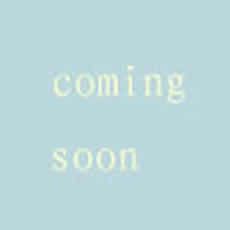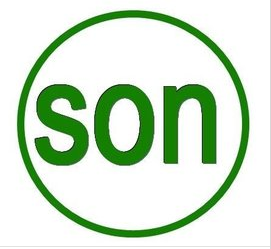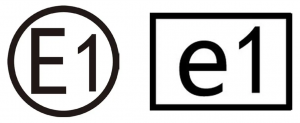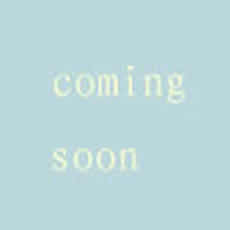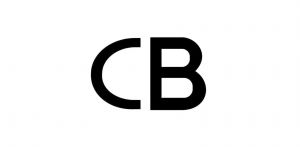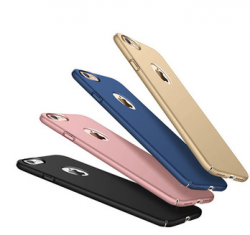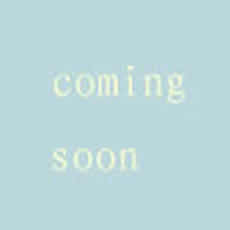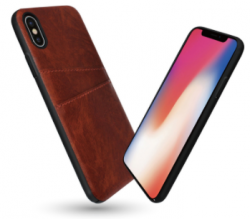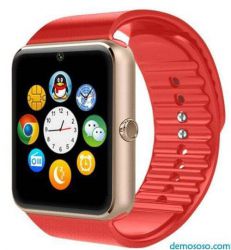Luminaire photobiosafety test
Reasons for photobiosafety:
In the past, there was no detailed measurement and evaluation method for the damage caused by light radiation to the human body, the traditional test means is to evaluate the content of ultraviolet or invisible light contained in the light wave. So when leds appeared, we evaluated them using the same standard IEC/EN 60825 used to evaluate laser products. LED products are no longer covered by IEC/EN 60825-1:2007 and are subject to risk assessment in accordance with IEC/EN 62471. IEC/EN 60825 is only suitable for laser products.
Standards for photobiosafety:
IEC/EN 62471 applies to all lamps and lamp systems, including LEDs, incandescent bulbs, fluorescent lamps, gas discharge lamps, arc lamps and other lamps and fixtures.
Eu Regulation 244/2009 on the energy efficiency requirements of non-directional lamps for domestic use also specifies that tests for UV content need to be carried out in accordance with IEC/EN 62471 (including CFLS and incandescent/halogen lamps).
CB certification for self-rectifying LED lights must include IEC 62471 and IEC TR 62471-2 performing photobiosafety tests.
According to the OSM/CTL resolution, LED lighting must be carried out in accordance with IEC/EN 62471.
LED modules for human eye protection label, refer to IEC/EN 62471.
Scope of application: All lights and lamp systems (non-coherent broadband electric light source, 200-3000nm)
LED lighting products are no longer covered by the latest edition of IEC60825-1 and need to be evaluated in accordance with IEC62471
Measurement of photobiosafety:
1. Simulation of pupil diameter
The flux of radiation entering the eye and being absorbed by the retina (380-1400nm) is proportional to the pupil area, and the test instrument needs to simulate the pupil diameter under different conditions
L>10cd· m-2 and t >0.25s:3mm pupil diameter
L<10cd· m-2 or t <0.25s:7mm pupil diameter
2. Selection of measurement field of view
Due to the movement of the eye, the field of view will change with time, and the appropriate measurement field of view should be selected according to different exposure times
T 0.25 s or less: 0.0017 rad
0.25s<t≤10s: 0.0017rad
10 s < t 100 s or less: 0.011 rad
100s<t≤10000s: 0.011rad
T > 10000 s: 0.1 rad
3. Test the distance
General lighting source (GLS):① produce 500lx illuminance distance; ② Minimum distance 200mm
Other light sources :200mm
4. Spectral scanning step length
If the scanning step is smaller than 400nm, 1nm is recommended
If the scanning step is greater than 400nm, 5nm is recommended

 English
English
 中文
中文

